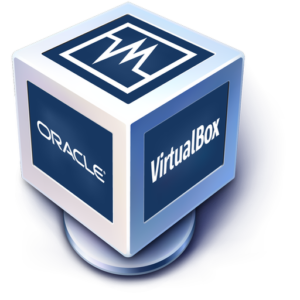VirtualBox
I love VirtualBox, but don’t need virtual machines on my “daily driver” machines any more. My VM needs are generally met on my Synology NAS via direct VM or via containers. VirtualBox is still a great option if you need VMs.
As computers have become more capable with faster processors, huge amounts of RAM, and blazing-quick storage, their ability to run more than one operating system simultaneously via virtualization has grown along with them. What used to be something done once in a while is now commonplace and shoudl be a part of any developer’s workflow. VirtualBox is an indispensable tool.
It might seem odd that someone would need another computer within their computer, but virtualization offers many advantages. For example, even though I run Linux as my primary OS, I have several other virtualized Linux machines for various development tasks, such as database and web servers. I typically run six virtual machines to get my daily work done. It sounds crazy and complicated, but it’s really not. If anything, it makes life a lot easier because I can mimic the production server with easy.
On my personal desktop, I had Windows 7 virtualized in order to use proprietary software for my document scanner that is simply not available on Linux. The list goes on and on. You can even set up Linux Virtual machines within Windows or MacOS to play around.
Lots of choices, but VirtualBox is mine
There are many different “virtualization hypervisors” out there, but VirtualBox is fast, free, open source and easy to get going. It runs on all the major desktop operating systems and supports many more as guests.
- Try it out: https://www.virtualbox.org/


